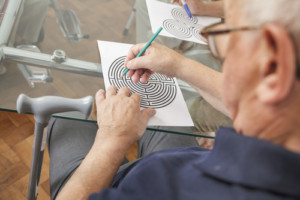 According to the American Stroke Association, over 7 million Americans identify as stroke survivors. While there are plenty of articles out there focusing on topics like risk factors for and side effects of strokes, survivors may feel ignored or forgotten. If you are a stroke survivor, perhaps you want to know how to regain control of your life — or what your “new normal” will look like now.
According to the American Stroke Association, over 7 million Americans identify as stroke survivors. While there are plenty of articles out there focusing on topics like risk factors for and side effects of strokes, survivors may feel ignored or forgotten. If you are a stroke survivor, perhaps you want to know how to regain control of your life — or what your “new normal” will look like now.
The truth is that stroke affects everyone in different ways. Many stroke survivors will continue to experience improved health over time, as the process of brain regeneration gradually plays out. However, improving your chances of a strong recovery means knowing what to expect and being aware of the emotional and physical changes you may encounter.
Let’s take a look at some considerations for stroke survivors:
Changes to Expect After a Stroke
Strokes happen as a result of damage to the brain. That damage can be sudden or gradual and may include blockages or bleeding within a particular part of the brain. Afterward, stroke patients commonly suffer from issues affecting:
- Motor skills
- Sensory reactions
- Memory and cognitive processing
- Language and communication
- Emotional management
- Understanding inflection
It can be difficult for some survivors to continue communicating naturally with their friends and family members. Indeed, it’s estimated that around 25-40% of stroke survivors suffer from aphasia, or the inability to talk or understand speech. While language therapies can instigate recovery in this area, the survivor’s network should be patient and understanding as their loved one attempts to rediscover his or her voice after a stroke.
Other changes can include:
- Problems with balance and walking
- Fatigue
- Lack of arm function
- Paralysis or spasticity (stiff muscles)
- Post-Traumatic Stress Disorder (PTSD) and emotional distress
Choosing the Right Rehabilitation
Because stroke affects people in unique ways, there are many forms of rehabilitation therapy available for survivors. Stroke rehabilitation involves both learning new skills to address the stress and discomfort that occurs after a stroke, as well as going over skills that may need to be relearned. The key to a successful recovery is finding the program that helps you or your loved one regain independence and a sense of normalcy as soon as possible.
Some common therapies include:
- Mobility training: This therapy involves learning how to use mobility aids and regain balance and movement.
- Motor skill exercises: This refers to training on improving coordination and muscle strength. These exercises can help with things like swallowing and jaw control.
- Range of motion therapy: Certain exercises may reduce spasticity (muscle tension) and improve a stroke survivor’s range of motion.
- Psychological evaluation and treatment: It’s common for stroke victims to experience PTSD. Coping tools for feelings of anxiety and depression are essential for affected survivors.
- Support networks: Support networks are available to help stroke survivors connect with others going through the same challenges.
A good rehabilitation facility will create a custom treatment plan based on the needs of the patient. One of the most critical elements of a recovery program is the promotion of “neuroplasticity” — rebuilding neural pathways after stroke damages them. Restoring cognitive connections requires repetitive practice and dedication. Survivors will need to commit to long-term treatment to see results.
Reducing the Risk of Another Stroke
Unfortunately, suffering from a stroke can increase your risk of having another in the future. Studies show that recurrent strokes account for one in four of the attacks experienced each year in the US. As such, secondary stroke prevention is a critical component of a successful recovery model.
Fortunately, it is possible to prevent additional strokes through medical intervention and lifestyle changes. Here are a few key elements of a stroke prevention plan:
- Regular exercise: Harvard Medical Research suggests that exercising at a moderate intensity at least five times a week can lower your risk of stroke. Remember that the intensity of your workout routine will depend on your age, lifestyle, and fitness background. Consult your doctor before beginning a new regimen, and consider our Stroke Exercise Classes at Tri-City.
- Smoking cessation: Smokers are twice as likely to die from a stroke than non-smokers. Smoking restricts the levels of oxygen in the blood and makes blood clots more likely to form.
- Blood pressure and cholesterol reduction: High blood pressure can also cause blood clots and lead to weakened blood vessels in the brain. Excess cholesterol in the body can impede sufficient flow to the brain.
- Managing individual risk factors. Talk with your doctor to come up with a comprehensive plan that works for you. You want to ensure you’re managing medical conditions like diabetes and atrial fibrillation, eating a healthy diet, and taking any individualized concerns into account.
Stroke victims must also take medication consistently, as prescribed by their doctor. Research indicates that one in four patients stop taking their medication within the first three months of a stroke, which is when their risk of a second attack is highest.
Look After Yourself
A stroke is a life-altering and overwhelming experience. It’s common to feel exhausted, emotional, and even isolated after a stroke, which is why it’s so important for survivors to get the support and care they need.
If you’ve suffered a stroke, it’s important to put yourself first and prioritize your recovery. Don’t feel bad for sleeping a lot — in fact, make a point to. Your brain will use this time to build new pathways. Be gentle with yourself, take the time you need, and put your health first during this time.
If you have any questions or concerns, schedule a consultation with Tri-City Medical Center. Our award-winning Stroke Care Center offers a variety of programs and services to meet your needs.
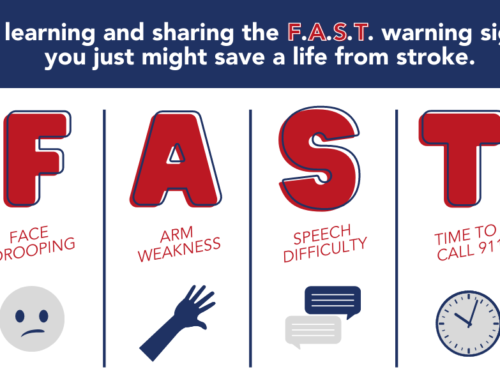
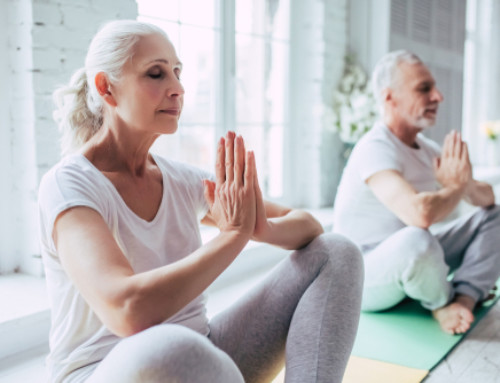
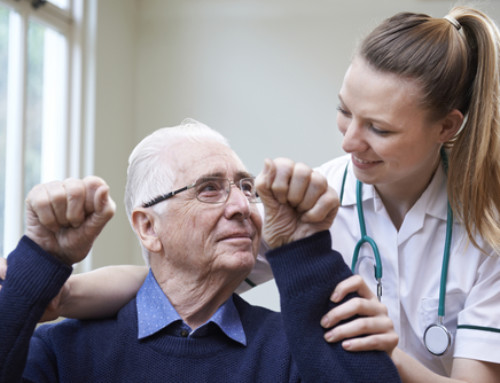
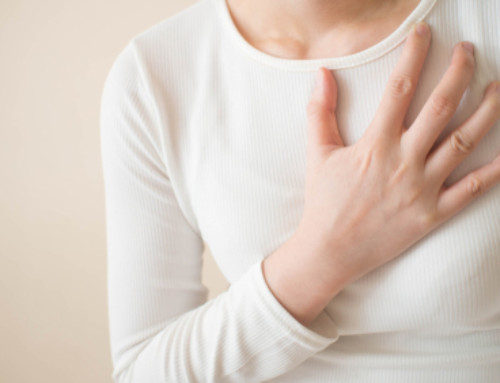
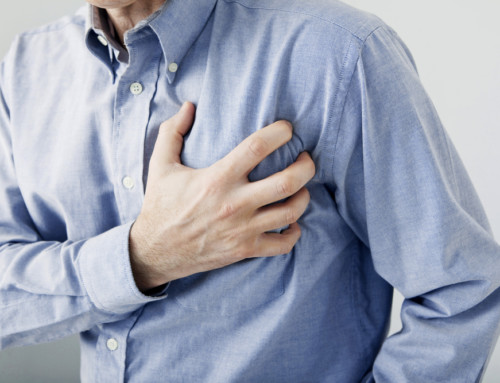
![Side Effects of a Stroke [INFOGRAPHIC]](https://www.tricitymed.org/wp-content/uploads/2018/04/shutterstock_596475470-500x383.jpg)